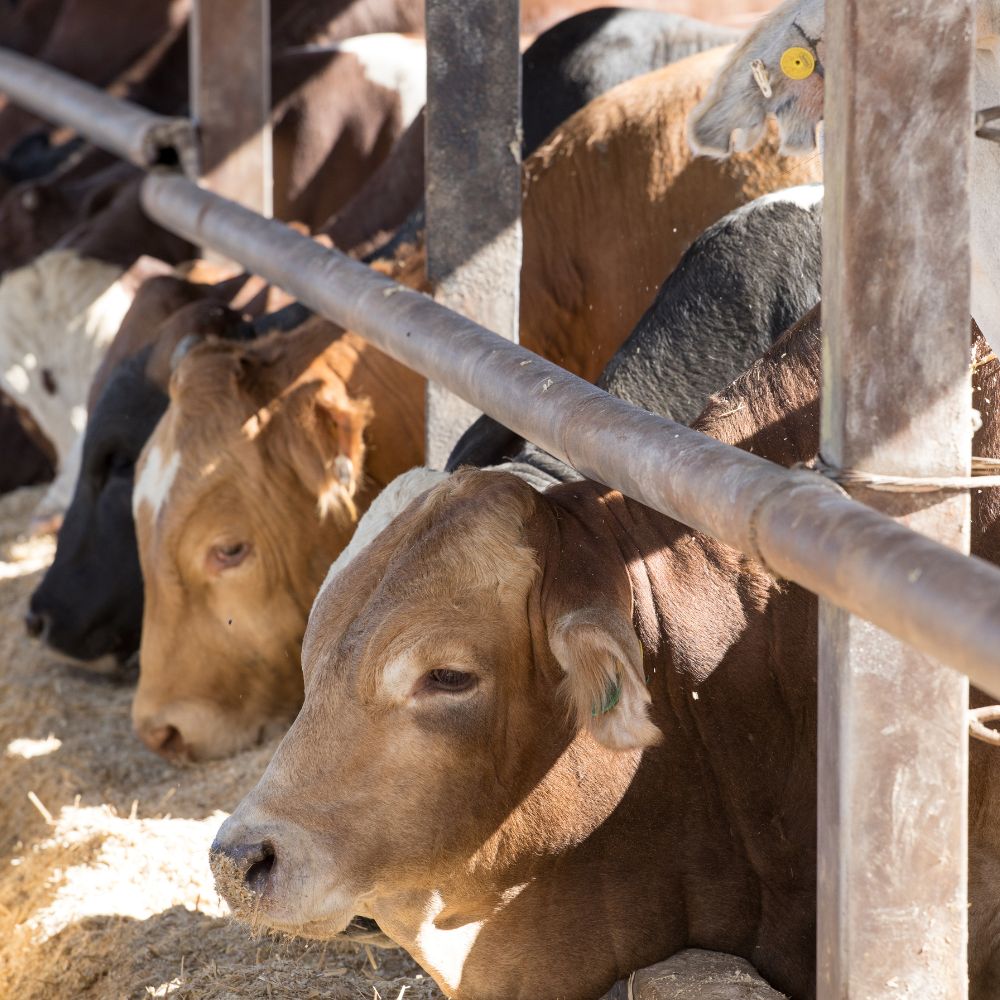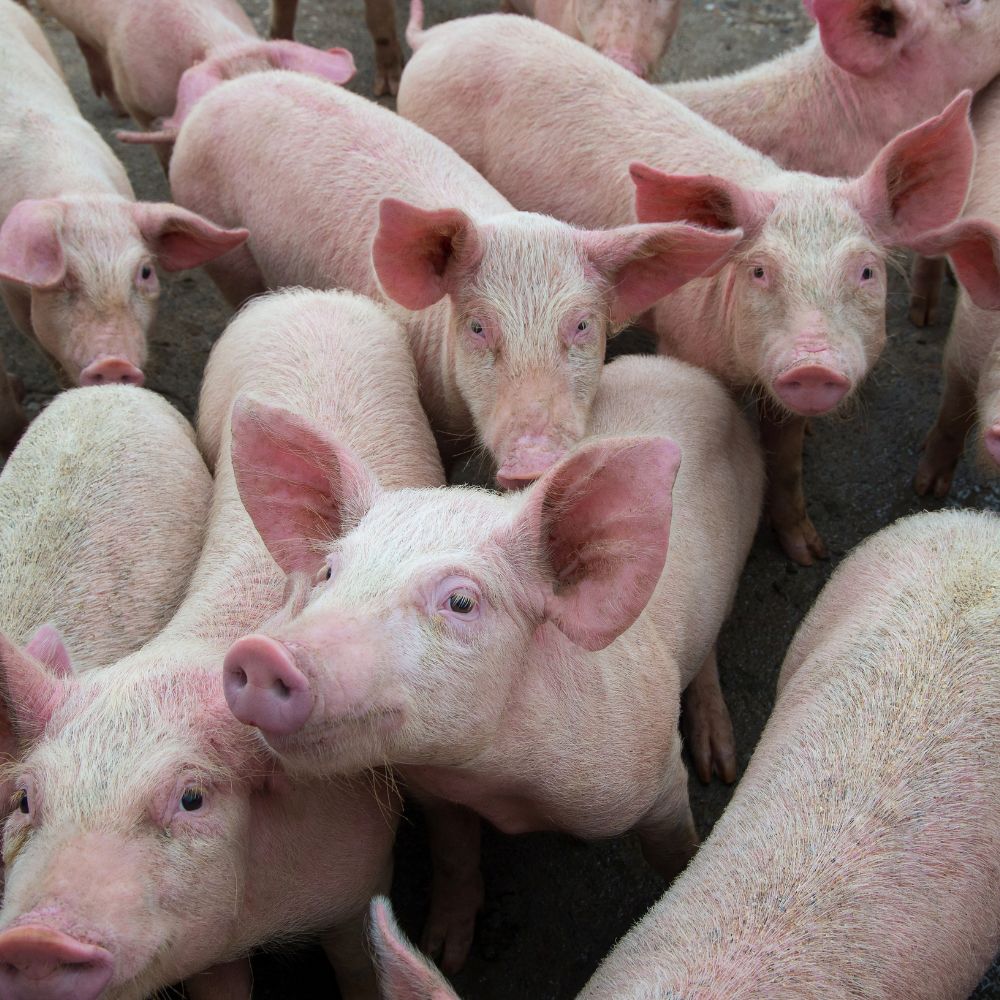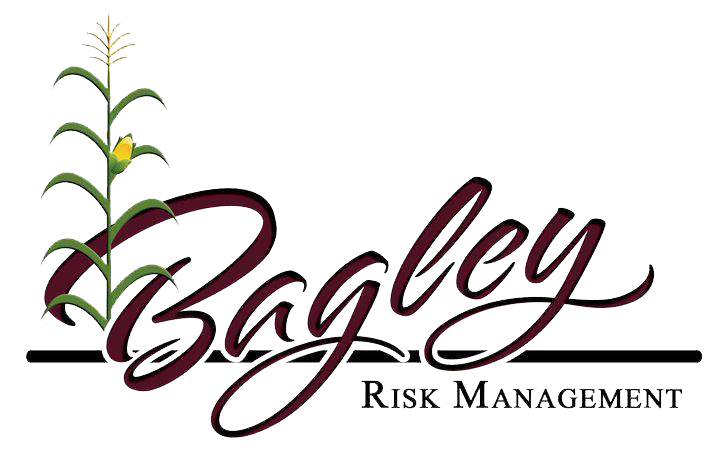Bagley Risk Management - Questions
Table of ContentsAn Unbiased View of Bagley Risk ManagementBagley Risk Management Fundamentals Explained4 Easy Facts About Bagley Risk Management ShownSome Known Details About Bagley Risk Management How Bagley Risk Management can Save You Time, Stress, and Money.Getting The Bagley Risk Management To Work
When your contract reaches its end day, the final rate is computed using the CME Feeder Livestock Index. This is based on sale barns throughout the Midwest (not just your regional market). If the index drops below your agreement's protection price, you may be paid the distinction. Price Modification Factors will use.Animals Threat Defense (LRP) is a USDA subsidized insurance coverage program that assists safeguard producers from the dangers that come from market volatility. With LRP, producers are able to guarantee a floor rate for their cattle and are paid an indemnity if the market value is reduced than the insured price.
This item is meant for. LRP insurance.
The Facts About Bagley Risk Management Revealed

In the last number of months, several people at FVC and PCM have obtained inquiries from manufacturers on which threat monitoring tool, LRP vs. Futures, is much better for a pork producer? Like most devices, the solution relies on your procedure's goals and situation. For this version of the Dr.'s Corner, we will certainly examine the situations that tend to prefer the LRP device.
In Mike's evaluation, he compared the LRP calculation versus the future's market close for each and every day of the previous 20 years! The percentage shared for each and every month of the provided year in the first area of the table is the percentage of days because month in which the LRP estimation is lower than the futures close or in other words, the LRP would possibly indemnify greater than the futures market - https://www.imdb.com/user/ur176981304/?ref_=nv_usr_prof_2. (Livestock risk protection insurance)
As an instance, in January 2021, all the days of that month had LRP possibly paying even more than the futures market. On the other hand, in September 2021, all the days of that month had the futures market potentially paying more than LRP (absolutely no days had LRP less than futures close). The tendency that shows itself from Mike's analysis is that a SCE of a LRP has a higher probability of paying more versus futures in the months of December to Might while the futures market has a greater likelihood of paying much more in the months of June to November.
The Only Guide to Bagley Risk Management

50 or $5. 00). As an example, in 2019, LRP was much better or within a $1. 25 of the futures market over 90% of the days in all the months except June and August. Table 2 portrays the typical basis of the SCE LRP calculations versus the future's close for the given period annually.
Once again, this information supports much more possibility of an SCE of a LRP being better than futures in December via May for most years. As an usual caution with all analysis, past efficiency is NO assurance of future efficiency! Likewise, it is vital that manufacturers have accounting procedures in place so they recognize their expense of production and can much better figure out when to utilize risk monitoring tools.
The 8-Second Trick For Bagley Risk Management
Some on-farm feeders may be contemplating the need for price defense at this time of year on calves maintained with the intent to feed them to a finish weight sometime in 2022, making use of offered feed resources. In spite of solid fed cattle prices in the existing local market, feed expenses and current feeder calf values still create limited feeding margins progressing.
The current typical public auction price for 500-600 pound steers in Nebraska is $176 per cwt. This suggests a break-even rate of $127. The June and August live livestock agreements on the CME are currently trading for $135.
Cattle-feeding enterprises tend to have tight margins, like several agricultural business, as a result of the affordable nature of business. Livestock feeders can bid more for inputs when fed livestock prices rise. https://bagleyriskmng.edublogs.org/2024/02/06/unveiling-the-secrets-of-lrp-insurance/. This increases the rate for feeder cattle, in specific, and rather raises the costs for feed and various other inputs
Bagley Risk Management - An Overview
Nebraska cattle are close to significant handling centers. As an outcome, basis is favorable or no on fed cattle across much of the state.
Only in 2020 did the LRP protection cost surpass the finishing value by enough to cover the costs price. The web result of having this LRP protection in 2019-20 was significant, adding $17.
37 The producer premium decreases at reduced insurance coverage levels however so does the coverage rate. The effect is a reduced internet outcome (indemnity costs), as insurance coverage level decreases. This reflects reduced reliable degrees of defense. Nonetheless, because producer costs are so reduced at reduced coverage levels, the producer loss proportions (indemnity/premium) boost as the protection level decreases.
Indicators on Bagley Risk Management You Need To Know
As a whole, a manufacturer should take a look at LRP insurance coverage as a system to secure result rate and succeeding profit margins from a danger monitoring perspective. Nonetheless, some manufacturers make a case for guaranteeing at the lower levels of go to this website coverage by concentrating on the decision as a financial investment in risk management security.
